The Shawshank Redemption: 14 Behind-The-Scenes Facts About The Beloved Movie
Bet you don't know all these stories behind the making of The Shawshank Redemption.
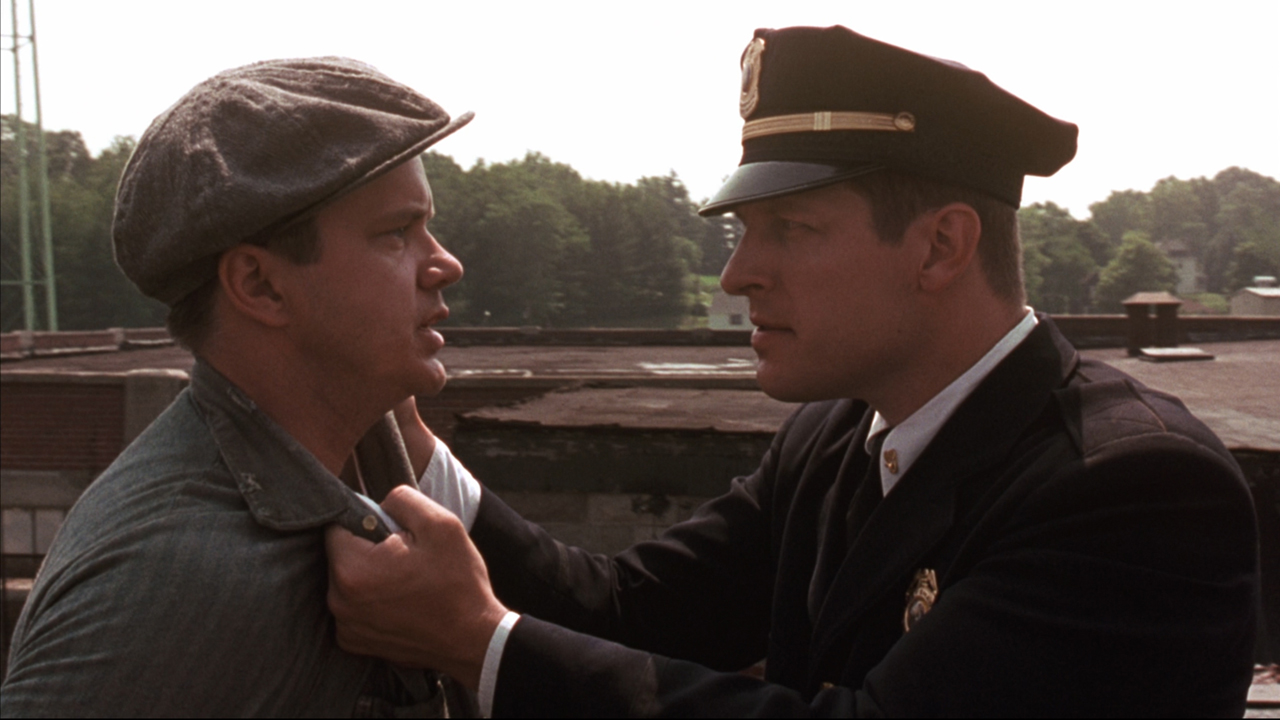
There are few films in history as cherished as The Shawshank Redemption. It may have been a flop upon its initial release, but it became an instant favorite after hitting the home video market, and is now well regarded as a movie that simply cannot be turned off when it is discovered playing on television. It’s viewed by cinephiles around the world one of most beloved titles in modernity – and what only serves to enhance that love is a reflection on the amazing stories that led to its creation.
To learn about the full history of The Shawshank Redemption, one of the best films of the '90s, I highly recommend checking out the film’s entry in my Adapting Stephen King column, but for your enjoyment below I have assembled a list of 14 behind-the-scenes facts about the movie that will likely only serve to enhance the feelings that you have about the feature. So without further ado, let’s dive into this excellent modern classic.
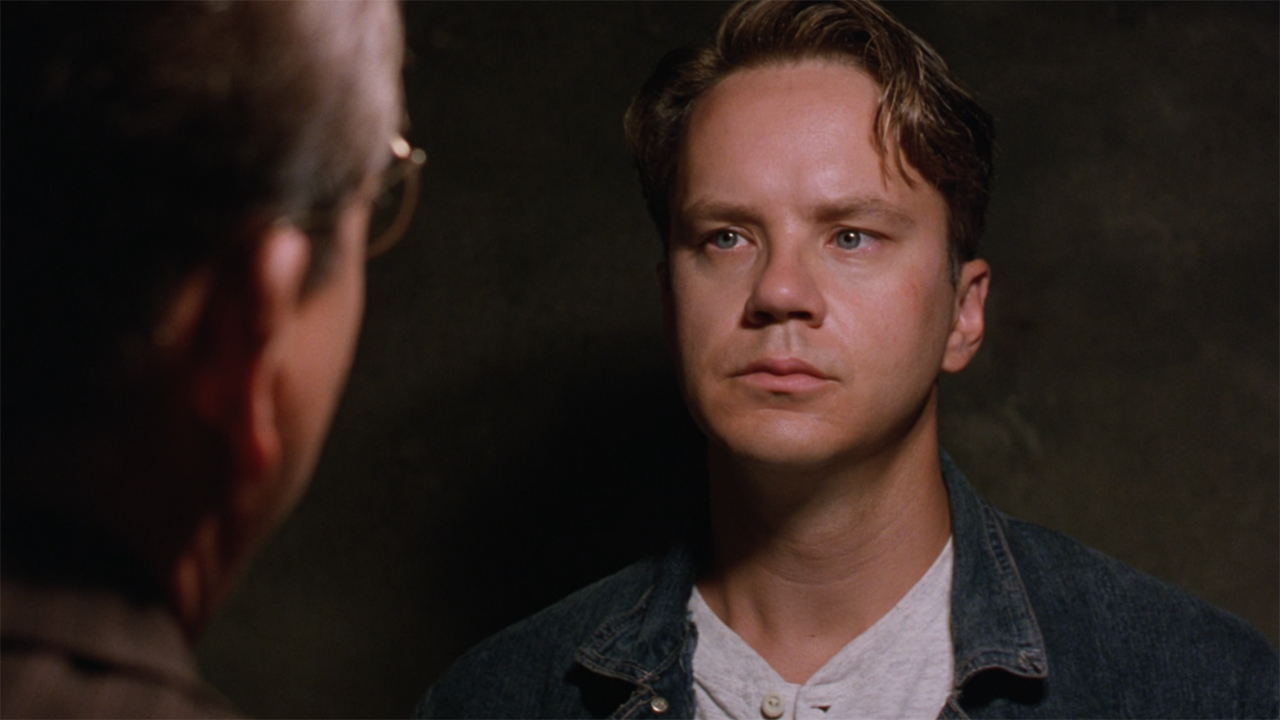
Frank Darabont Turned Down Millions So That He Could Direct The Shawshank Redemption
Having personally reached out to Stephen King about adapting “Rita Hayworth And Shawshank Redemption” and written the script on spec, Frank Darabont had a great deal emotionally invested in the feature project, and his passion to be the director at the helm of the film is beautifully illustrated in his contract negotiations with Castle Rock. When working out a deal with the studio, according to the Los Angeles Times, the filmmaker was offered $2.4 million to step aside and let Rob Reiner make the movie as a follow-up to Stand By Me and Misery, but he opted instead to take a deal that saw him paid $750,000 and a percentage of future profits. That’s a bold move, but obviously one that worked out very much in his favor.

Rob Reiner Had Tom Cruise And Harrison Ford In Mind To Play Andy And Red
Tim Robbins and Morgan Freeman deliver such iconic performances in The Shawshank Redemption that it’s terrifically hard to imagine any other two actors playing Andy and Red – but that really makes it all the more interesting to think about the “coulda beens” in the development of the project. Specifically, it’s amazing to recognize that Rob Reiner initially had an idea to cast Tom Cruise and Harrison Ford in the principal roles, according to the film's Blu-ray commentary track. While one can imagine that they would have done tremendous work in the film (they are two of modernity’s elite stars, after all), but it also could have changed the whole profile of the production.
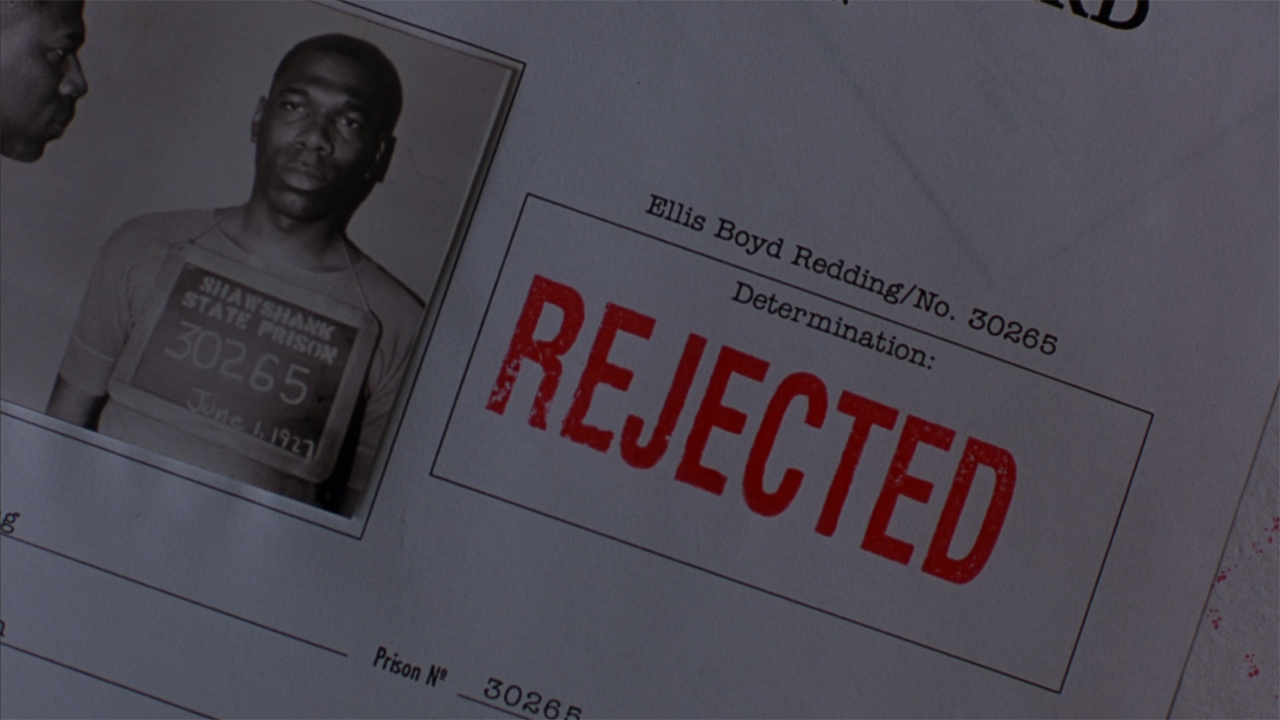
Red’s Mugshot In His File Is A Photo Of Morgan Freeman’s Son
In The Shawshank Redemption, Morgan Freeman’s Ellis "Red" Redding is a man who has spent the vast majority of his adult life as a convict in the titular prison – and that created an interesting issue to solve for the production when it came to the scene early in the movie when the character’s file is shown, including his original mugshot. The crew perhaps could have doctored an image of the actor when he was a teenager, but instead, per the film's director commentary, they went for the next best thing. Alfonso Freeman, the star’s son, was in his mid-30s when production was happening, and a photo of him wearing a chalkboard around his neck was taken to use in the film.
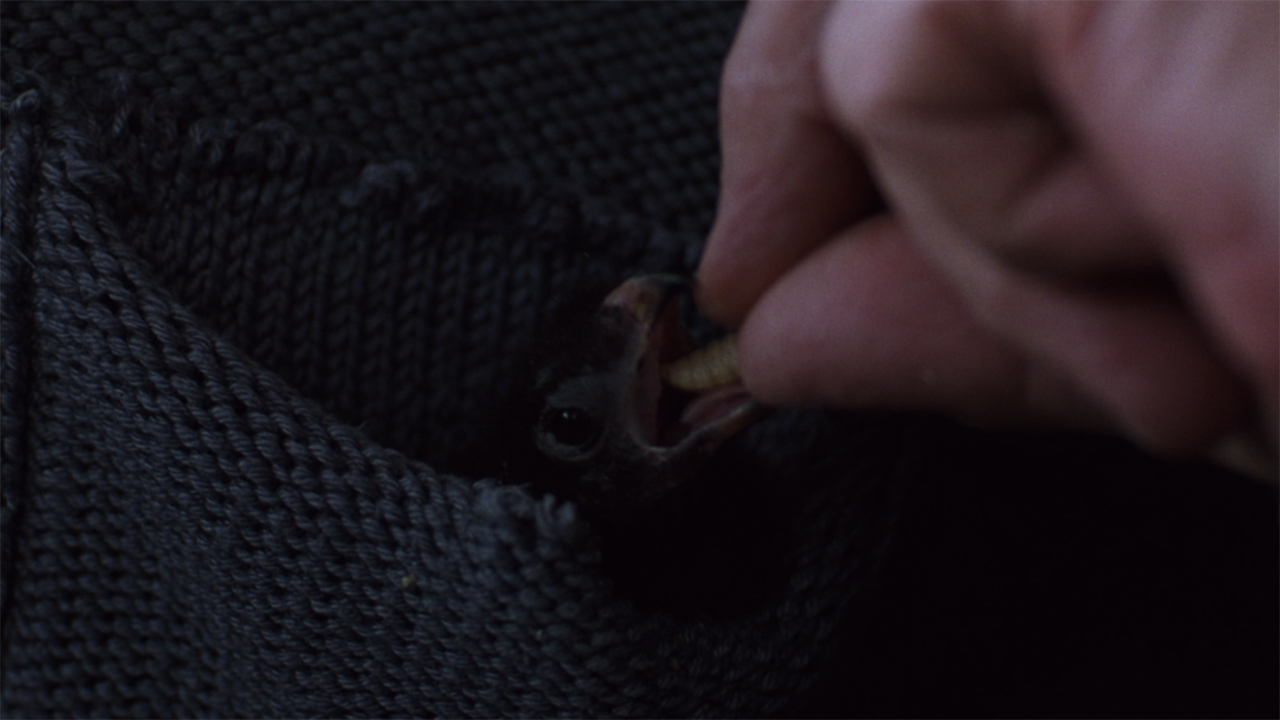
Frank Darabont Experienced Extreme Frustration Filming The Scene Where Brooks Feeds Jake
There is no questioning that the American Society for the Prevention of Cruelty to Animals has an important role to play on film sets, as it should always be a priority for working animals to be treated humanely – but things got a bit extreme behind the scenes of The Shawshank Redemption. For the scene where Brooks feeds a maggot to his baby bird Jake, who is nestled in his pocket, the ASPCA representative refused to let Frank Darabont actually let the animal eat a live waxworm. Instead, the film was only allowed to use a dead worm that had died of natural causes for the scene, which was a procedure that Darabont (per his director’s commentary) had a hard time wrapping his mind around.
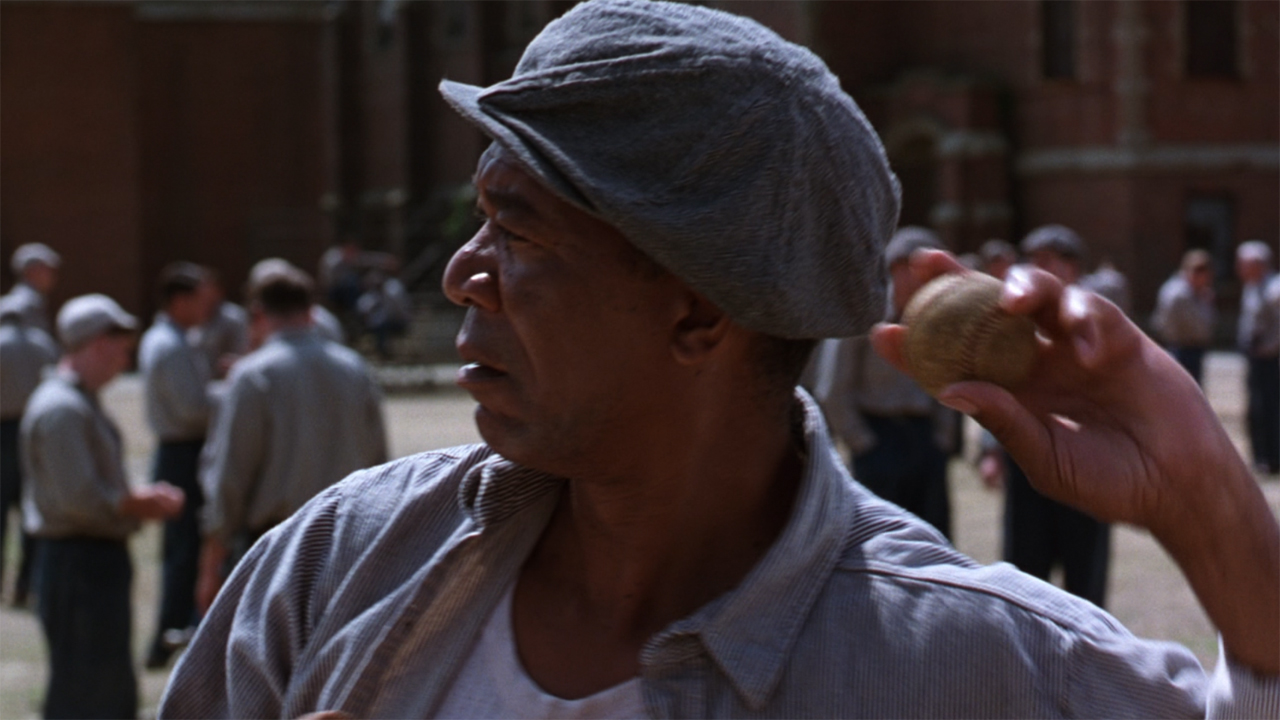
Some Shawshank Redemption Scenes Were Seriously Physically Intensive For The Cast
The Shawshank Redemption is not an action film full of sprinting and big stunts, but that doesn’t mean that the work didn’t have a physical toll on the cast – with two standout scenes being of note. For the scene where Red and Andy meet for the first time, Morgan Freeman was basically playing catch for nine hours, which is something that would put a cramp in anybody’s shoulder. Also immensely taxing was the roof tarring sequence, which filmed on a 110 degree summer day, according to Frank Darabont's Blu-ray commentary. The production used real tar, and between takes the black goo would solidify, leaving the actors to try and whip around mops that felt like they weighed 200 pounds.
Your Daily Blend of Entertainment News
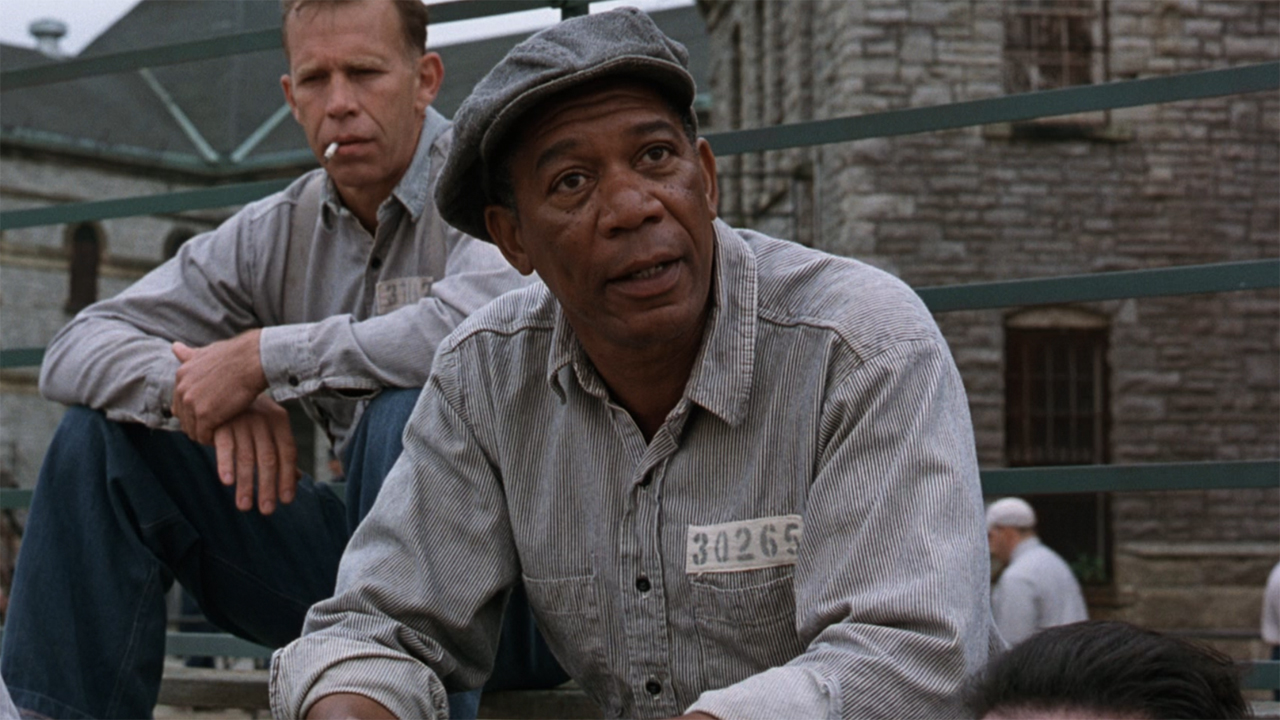
There’s A Funny Story Behind The Recording Of Morgan Freeman’s Voice Over Lines
There are countless films that feature voice over narration as a crutch, using it as a shortcut to deliver exposition and characters’ emotions, but The Shawshank Redemption is not one of those titles. Morgan Freeman’s voice is one of the most iconic aspects of the film, and it oddly proved to be a difficult detail to capture. Freeman first recorded the lines during production so that the action on set could be synchronized to his voice, and it was not only perfect, but took less than an hour to get done. Unfortunately, that audio was deemed unusable during post-production because there was a tape hiss that the sound team couldn’t get rid of. Freeman, as noted on the Blu-ray special features, had to be brought back in to record the narration… and it took three weeks to get done.
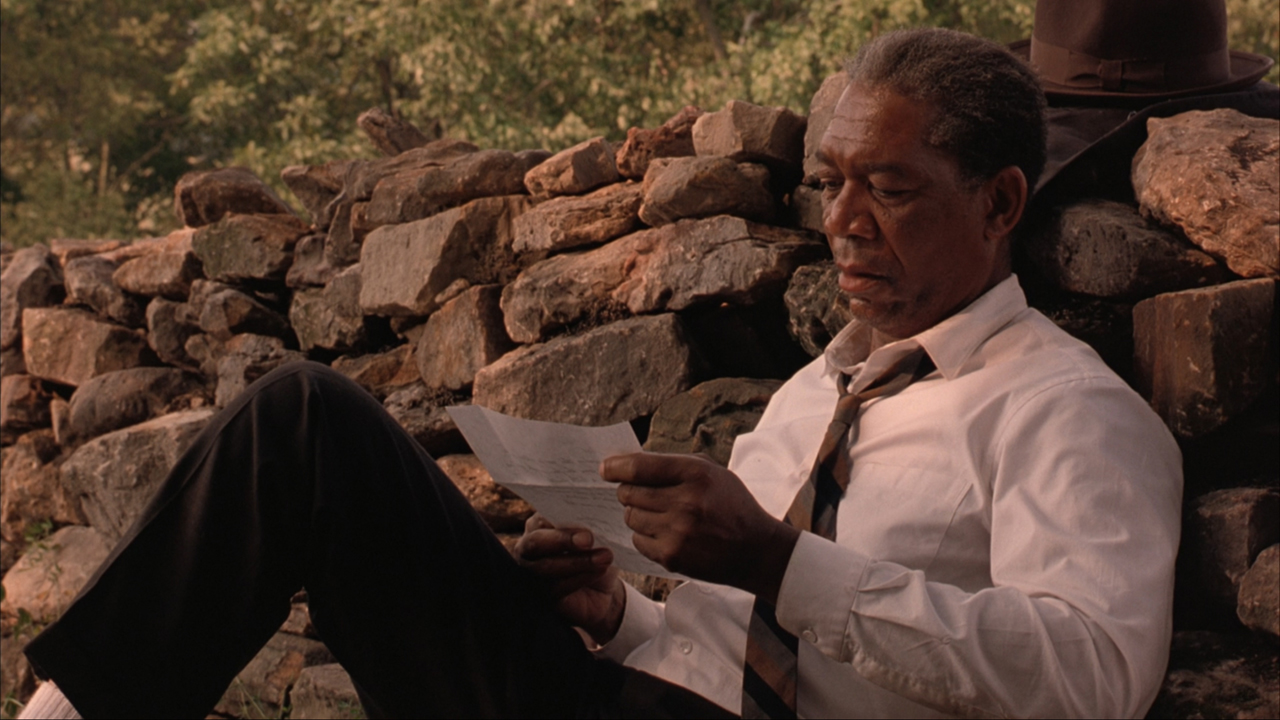
Frank Darabont’s Approach For The Voice Over Was Heavily Influenced By Goodfellas
Explaining why the voice over is so good in The Shawshank Redemption can at least be partially attributed to Frank Darabont taking lessons from the best. Martin Scorsese’ Goodfellas is another title that makes perfect use of narration, and it was a major source of inspiration for Darabont, who says on the movie's commentary that he repeatedly watched the gangster epic during his time making his first feature Stephen King adaptation.

The Ambulance That Takes Bogs Away Was Pushed Past The Camera Because The Engine Died
The Shawshank Redemption, as you can imagine, was not a terrifically high budgeted film, so when a rented ambulance on set broke down, the crew didn’t have the money to just go out and get a new one. This event specifically could have impacted the sequence where Bogs is carted away from Shawshank Prison after receiving a brain-destroying beat down from Captain Hadley, but the filmmakers figured out a fix: because the vehicle couldn’t actually drive past the camera, via the Blu-ray special features, a small group got behind it and pushed it – which is imperceptible in the final cut.
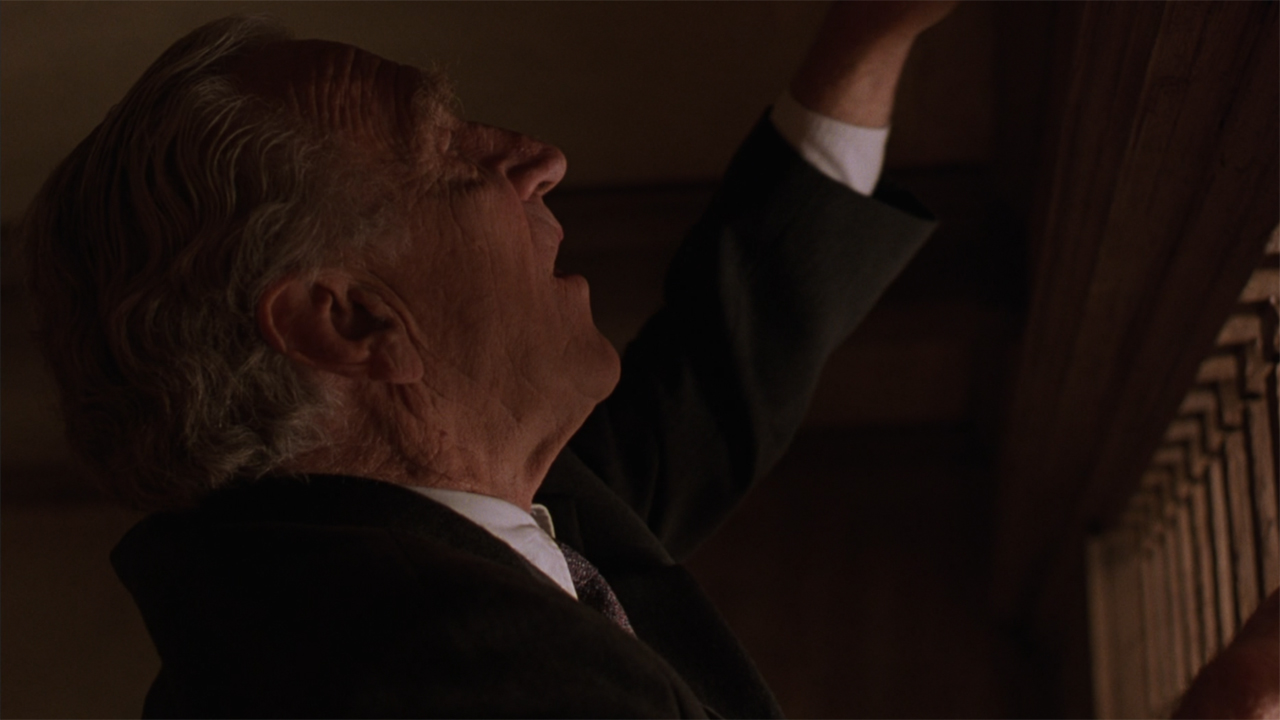
Brooks’ Halfway House Is Actually In The Prison
There sequence where Brooks is released from Shawshank Prison on parole provides some of the very few scenes in the movie that are set outside the walls of the titular penitentiary… but what makes that fact particularly funny is that it in reality it’s not really the truth. The room in the halfway house where Brooks eventually commits suicide isn’t actually a separate location, but was instead just an office in the Ohio State Reformatory where most of the rest of the film was shot. It’s definitely ironic when you consider the whole point of the scene is meant to drive home the character’s institutionalization: on a weird level, Brooks never left Shawshank.
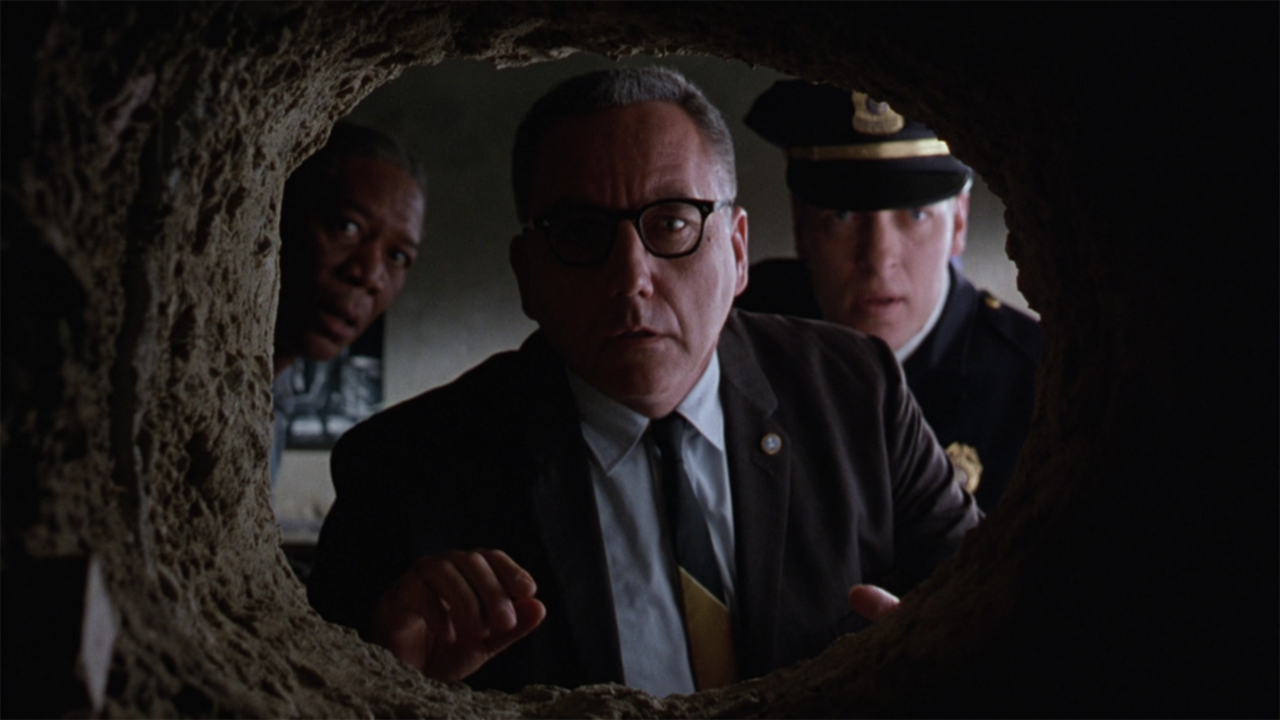
Stephen King Poked Fun At Frank Darabont About One Particular Detail
Stephen King has frequently touted The Shawshank Redemption as one of the best adaptations of any of his works, but he does have a couple issues with it. In his essay in Stephen King Goes To The Movies, the author notes that he isn’t a big fan of the “Marriage of Figaro” sequence – where Andy locks himself in the Warden’s office to play Mozart on the loudspeaker – but Frank Darabont’s Blu-ray commentary reveals another nitpick that King has. Evidently, the horror icon gets a bit hung up on the fact that the tunnel that Andy digs through the wall in his cell is practically a perfect circle – which, when you think about it, is a bit silly.
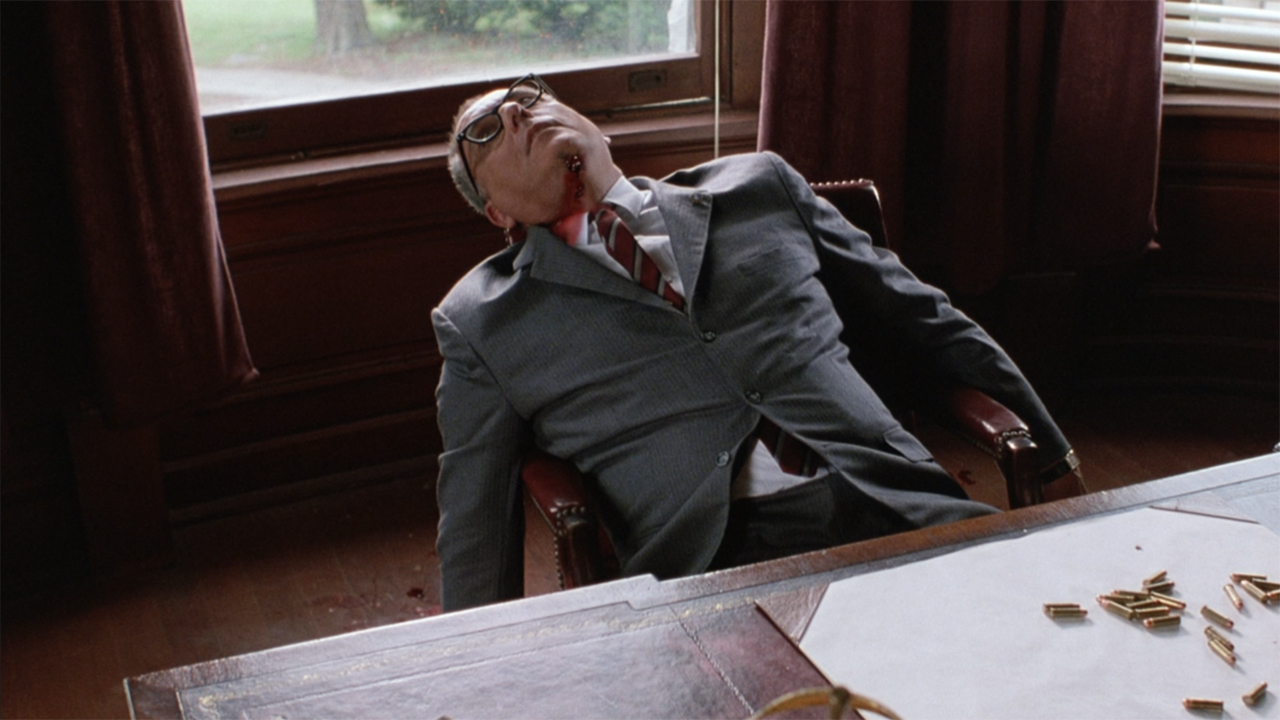
One Scene In The Shawshank Redemption Was Changed Post-Release
After flopping during its theatrical release, The Shawshank Redemption became a phenomenon when it hit the home video market – but what’s funny about that circumstance is that it probably means very few recognize an interesting change Frank Darabont made to the movie post-release. According to the filmmaker, the shot of Warden Norton’s dead body had to be changed because the entry wound from the self-inflicted gunshot was originally in the wrong place. Thanks to the magic of VFX, the writer/director was able to move it below the character’s chin where it belongs when the movie was first released on DVD.

Frank Darabont Included A Dark Tower Easter Egg In The Shawshank Redemption When He Couldn’t Get Clearance For A Particular Name
There are very few ways in which The Shawshank Redemption deviates from Stephen King’s “Rita Hayworth And Shawshank Redemption,” but one of the small instances is the identity that Andy Dufresne assumes after escaping prison. In the novella the name is “Peter Stevens,” but the production opted to change it out of fear of being sued by a real person with that name. Frank Darabont kept the Stevens part, but he changed the first name to Randall as a reference to Randall Flagg: the villain in King’ The Stand and the epic Dark Tower series (among other books).

Red And Andy’s Reunion Wasn’t Originally Going To Be In The Film
Another key way in which the movie differs from the source material is the ending, as the original story doesn’t include the beat where Red and Andy are reunited in Zihuatanejo, Mexico. Frank Darabont’s initial instinct was to maintain this open-ended conclusion in the adaptation, but individuals as Castle Rock, as noted in the Blu-ray featurettes, requested that he at the very least shoot a reunion scene – at the same time leaving it up to the director as to whether or not it would actually be included. Darabont agreed to film the sequence, and then obviously decided that it legitimately was the proper ending.

The Shawshank Redemption Is Dedicated To Allen Greene, Who Was Frank Darabont’s First Agent
The first text that appears on screen in the end credits of The Shawshank Redemption is a dedication to a man named Allen Greene – though most audiences probably aren’t familiar with who that is. Frank Darabont explains it in the movie’s commentary track, identifying Greene as his first agent in the film industry, and who died prior to the completion of the film.
Do you now find yourself with an overwhelming urge to watch The Shawshank Redemption? In addition to being available to stream on HBO Max, you can rent or purchase it digitally via Amazon, Vudu, Google, or Apple, or get it in extreme high definition by picking up a copy of the recently released 4K Blu-ray

Eric Eisenberg is the Assistant Managing Editor at CinemaBlend. After graduating Boston University and earning a bachelor’s degree in journalism, he took a part-time job as a staff writer for CinemaBlend, and after six months was offered the opportunity to move to Los Angeles and take on a newly created West Coast Editor position. Over a decade later, he's continuing to advance his interests and expertise. In addition to conducting filmmaker interviews and contributing to the news and feature content of the site, Eric also oversees the Movie Reviews section, writes the the weekend box office report (published Sundays), and is the site's resident Stephen King expert. He has two King-related columns.
